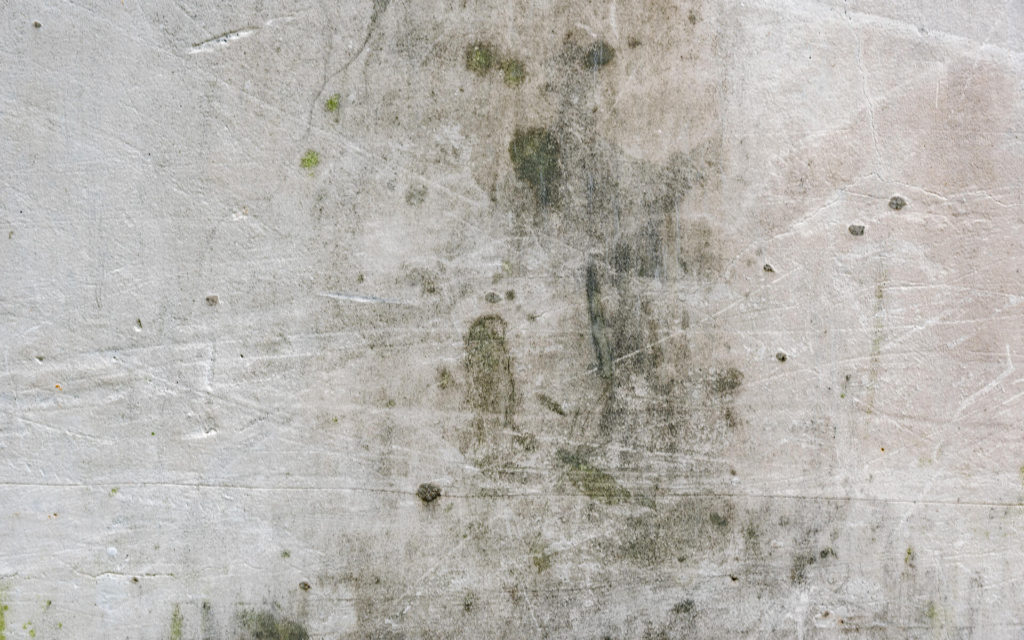
Protecting Commercial Roofing from Mold and Algae
Protecting Commercial Roofing from Mold and Algae https://pbroofingco.com/wp-content/uploads/2024/01/Mold-vs-Mildew-Whats-the-difference-and-what-should-you-do-San-Antonio-Roofing.jpg 1920 1200 PB Roofing https://secure.gravatar.com/avatar/ee28a6949ea6af745b0ddec55b8b9ce1?s=96&d=mm&r=gWhen leaves, dirt, and other natural debris accumulate on your commercial roof and water collects, it provides an ideal environment for the growth of living things. Some roof coatings and membranes contain biocides (used to kill or control the spread of harmful microorganisms like bacteria and viruses) that prevent the growth of mold, mildew, moss, and algae.
Excessive moisture can cause problems, especially in areas of the roof that receive little sunlight, they are more likely to reproduce. Not only does this cause wear and tear on the roof, but it can also threaten the safety of roofing workers because algae is naturally slippery.
- Spot the Difference: Algae appears as green or black slime that covers the surface of flat roofs uniformly. In contrast, mold initially spreads out in patchy areas before connecting and fully covering the roof. Mold growth is less common than algae, and its presence on the underside of a flat roof indicates a severe leak.
Health and Interior Property Threats
Mold and algae on roofs can speed up deterioration and create health risks. Mold growth can lead to indoor air quality problems, potentially causing respiratory issues and other health problems for people in the building. It’s crucial to tackle mold and algae growth to prevent damage and maintain a healthy indoor environment.
- 5 Signs of Mold Growing on a Commercial Roof
-
- Water Stains on Ceiling
- Musty Smells
- Crumbling Drywall and Peeling Paint
- Dark Spots
- Drafts
3 Ways Commercial Roofs Contribute to Mold Growth
The importance of factors like rainfall, humidity, and regional climate emphasizes the necessity of specialized drainage systems for effective mold and algae prevention. Flat roofs often have low areas and negative slopes, making it difficult for even the most effective drainage systems to prevent standing water. This standing water places additional strain on your commercial roof and, when combined with the damaging effects of mold, can lead to significant damage, potentially requiring a premature roof replacement.
- Roof Slope: Flat roofs pretty much have no slope. They do have a bit of a pitch to help the water run towards the drainage system. If there was not enough pitch created upon installation, it would lead to pooling water.
- Insulation Systems: These are often used on commercial flat roofs to help direct water to the drainage system. When they are installed correctly, they prevent the growth of mold and other forms of fungus.
- Roofing Materials: While commercial roofs are made to be water-resistant, they cannot stand up well against pooling water for long periods.
Where is it Coming From?
Identify the source of moisture that may be promoting microorganisms or plant growth. Have your commercial roof inspected by professionals for signs of water intrusion. Also, plumbing leaks or interior condensation can be possible causes.
Addressing plumbing issues, ensuring adequate ventilation, or investing in a commercial-grade dehumidifier can help alleviate the musty odor commonly found in buildings with mildew problems. If you spot mold on a wall or wooden surface, it’s important to research the most effective solutions for addressing this issue.
3 Effective Solutions for Mold and Algae Prevention
- Moisture Control and Environmental Management: Proper moisture control is essential for preventing mold and algae from growing on commercial roofs. Unregulated humidity can cause moisture issues, which create an environment suitable for mold and algae growth. Therefore, managing the environment is crucial in prolonging the lifespan of commercial roofs and reducing these risks.
- Fungicide: The only way to effectively remove mold from your commercial roof is to kill it with a fungicide. Bleach is effective but must be applied thoroughly. Bleach can also damage surrounding landscaping and attack certain building materials. For this reason, you should consider disinfectant products that are safe to use and non-corrosive. Regardless of which product you choose, leftover spores can become another mold problem, so professional application is always recommended to ensure complete removal.
- Dehumidifying: If your environment is particularly humid, or if moisture has built up from a water leak, you may need a dehumidifier to prevent mold from forming. This is not a solution to eliminating existing mold, but it can slow mold growth by drying the area.
Regular Maintenance is the Key
It is crucial to conduct regular roof inspections and maintenance to prevent the growth of mold and algae. Key aspects such as addressing low spots, and negative slopes, and ensuring proper drainage functionality are important in controlling the spread of mold and algae.
PB Roofing’s THREATCheck
One enhanced visual inspection to identify deficiencies and provide recommendations for repairs or replacement. Our Plus Package shares the same features but with an added bi-annual inspection plan. Photo report included.
Any existing issues with your commercial roof will be identified and effectively repaired. Even minor concerns have the potential to escalate into significant challenges. Prioritizing the maintenance of your flat roof after the forces of winter can reduce the likelihood of significant damage.
Resources
Top Things You Should Know About Mold in Commercial Buildings (Sanalife)
Mold Remediation in Schools and Commercial Buildings Guide (US EPA)
